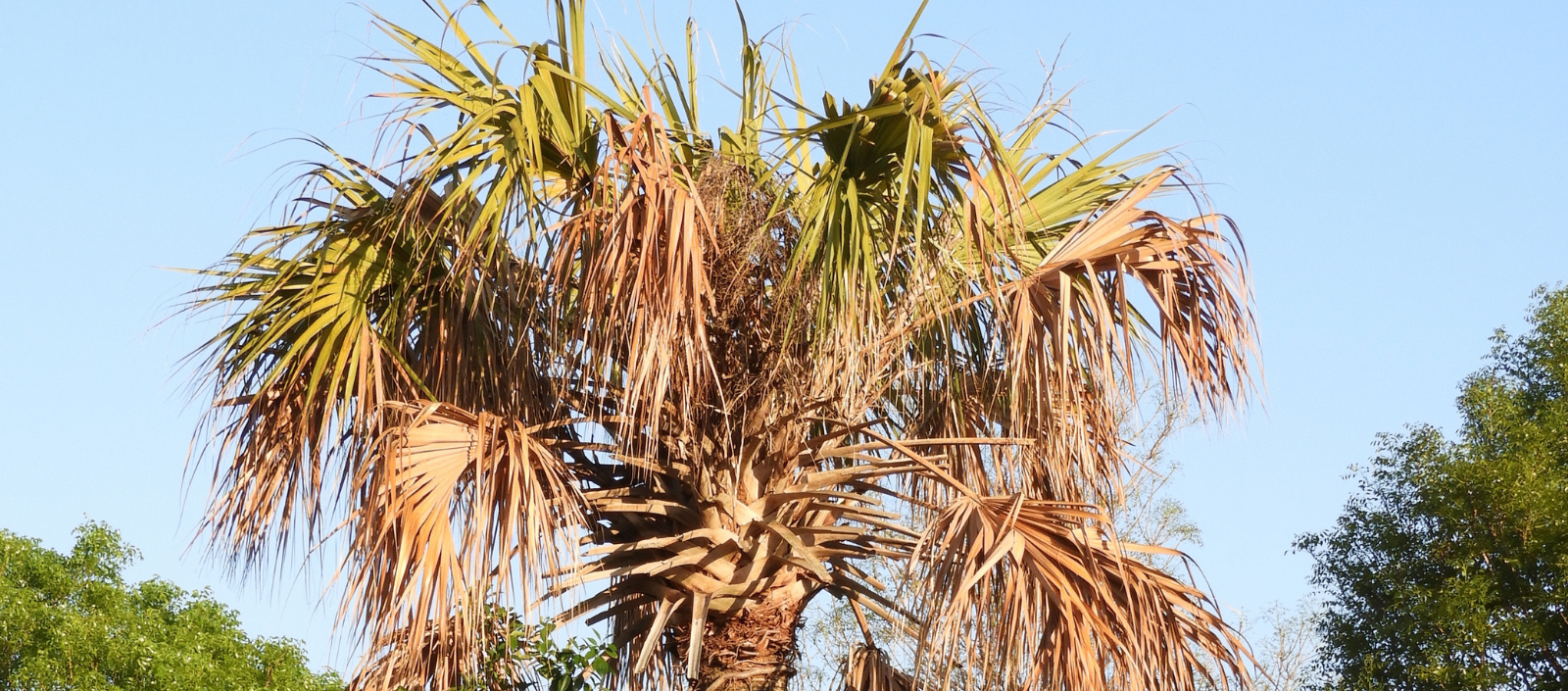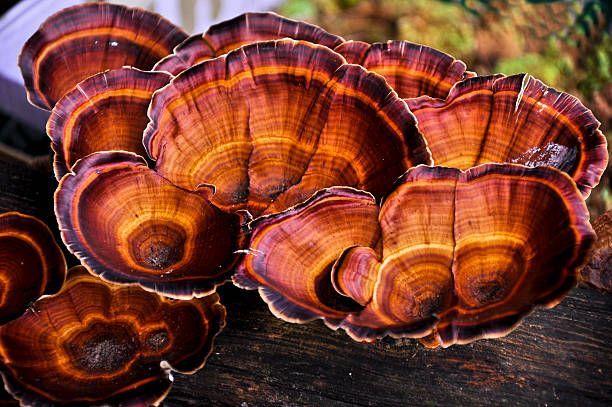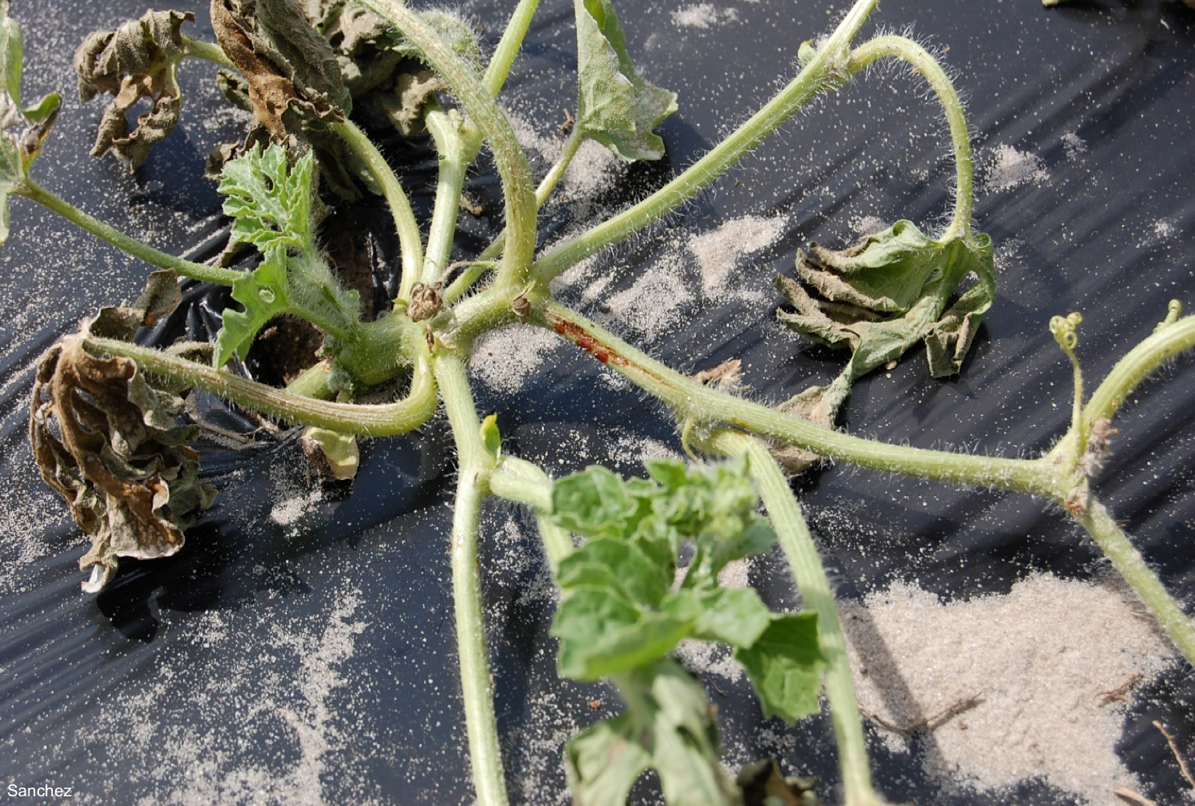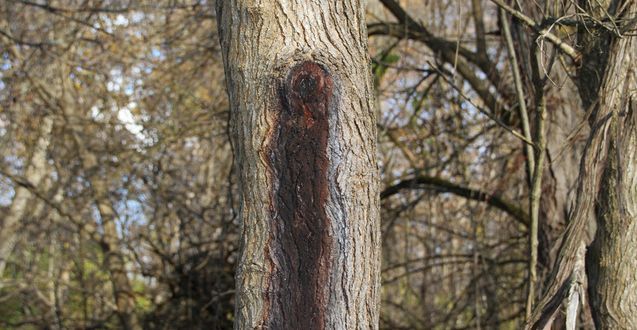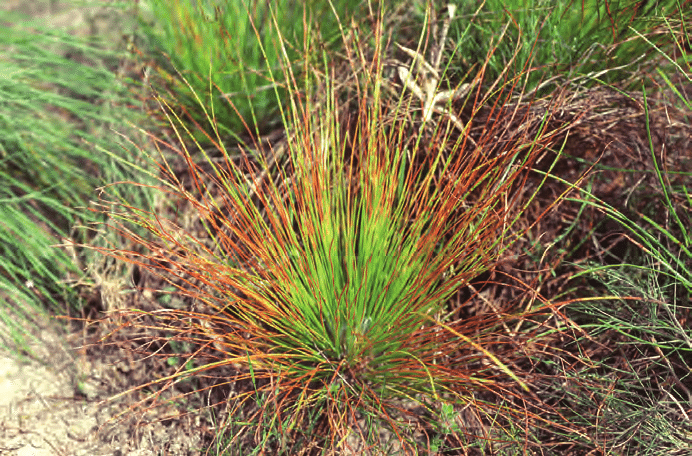Tree Health Care
Simplify your Trees Health
Homeowners must take action if they notice symptoms like discolored leaves, dead branches, or early leaf drop. It is imperative to contact a local arborist to prevent the problem from escalating. The issue can be minor and easily corrected, or it can be more complex, requiring treatments over several years and multiple underlying causes. To maintain or improve the appearance, vitality, and safety of your landscape, Plant Health Care (PHC) programs are the way to go. These programs use the most cost-effective and environmentally sensitive practices and treatments available and involve routine monitoring and preventive treatment. Building a strong working relationship with your arborist is also key to a successful PHC, so act now to ensure your landscape is in its best possible condition.
Identifying and Treating Tree Diseases
Our method involves precise diagnosis, targeted utilization of elements to battle specific pathogens, and recognizing and fixing weaknesses that may have contributed to the disease. With an all-encompassing approach that involves preventive measures like trimming and soil enhancement, you can be confident that your trees will stay robust for a long time. To properly take care of trees, it's crucial to take a proactive stance rather than a reactive one. By adopting this approach, you can effectively safeguard your trees from diseases that can lead to serious harm. A targeted foliar treatment is an effective method to combat these pathogens in your trees. Such treatments can significantly reduce the level of infection in treated leaves, but prompt action is key. To achieve optimal results, it's essential to begin antifungal and antibacterial applications early in the season. If treatment is postponed, your arborist may need to wait until the following season to initiate the process. Keeping your trees healthy is crucial to maintaining the beauty of your yard. Trees are like any other plant, they require care and attention to avoid falling ill. A sick tree can pose a risk to your home and family, so it's important to contact a local tree service if you notice any signs of illness. Tree diseases can be categorized into foliage, stem, root, and forest tree nursery and regeneration diseases. It's important to note that tree diseases can vary by region and can be difficult to identify. Numerous bacterial diseases can harm plants and trees, such as Bacterial blast, Bacterial blight, Bacterial canker, Bacterial leaf scorch, Oak Blossom blast, Walnut Blossom blight and canker, Bunch disease, Crown gall, Quince Decline, Fire blight, Fruit spot, Leaf and shoot blight, Leaf blight, and brown rot, Leaf spot, Lethal decline, Lethal yellows, Phloem necrosis, Stem canker, Stubborn disease, Tip dieback, Vascular yellows, Wetwood/slime flux, Witches’ broom (caused by mycoplasma-like organisms), and X-disease. These diseases can severely impact the health and growth of plants and trees. Therefore, it is crucial to take immediate action to prevent and treat them if you observe any signs of these diseases in your plants or trees. We recommend seeking advice from a professional to determine the best course of action.




